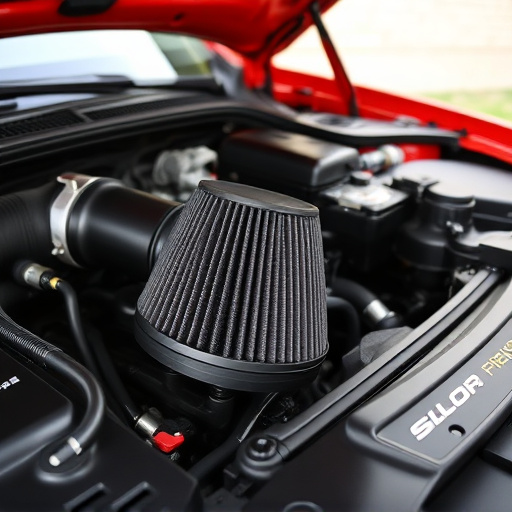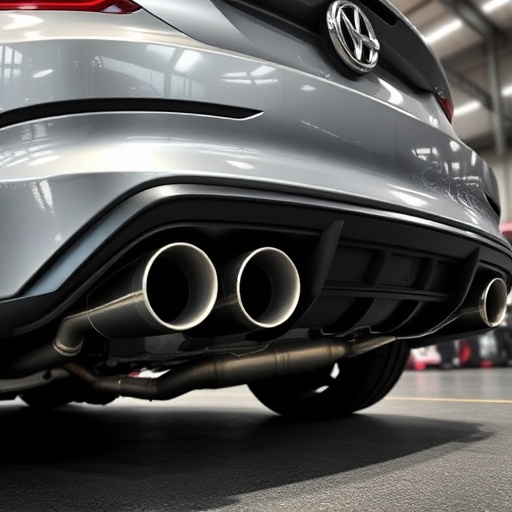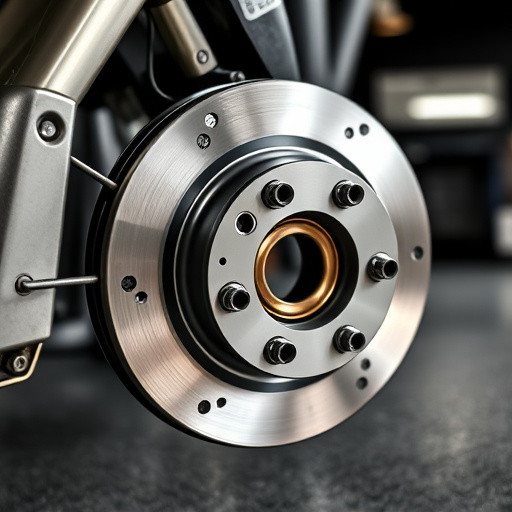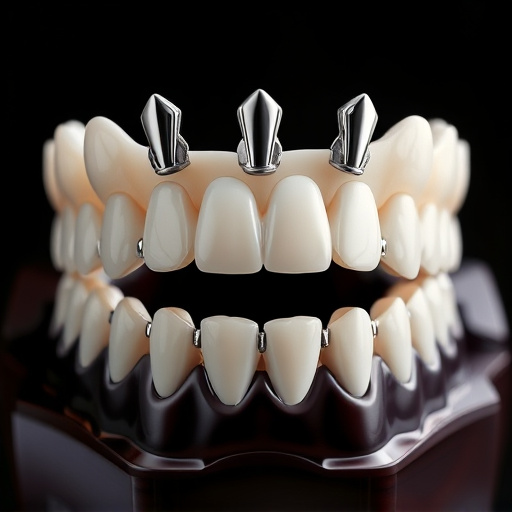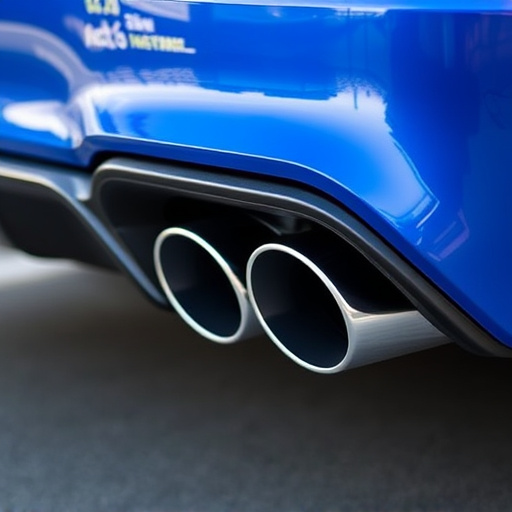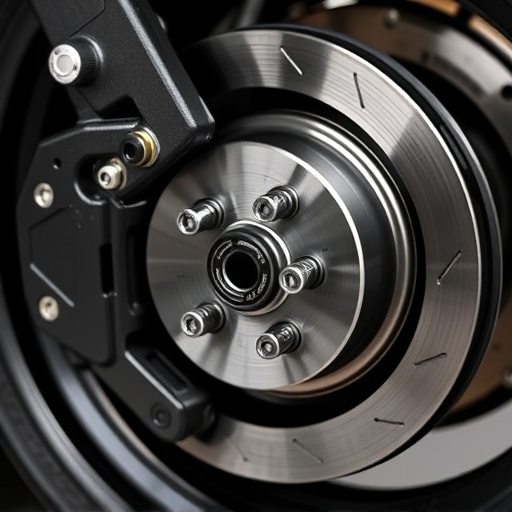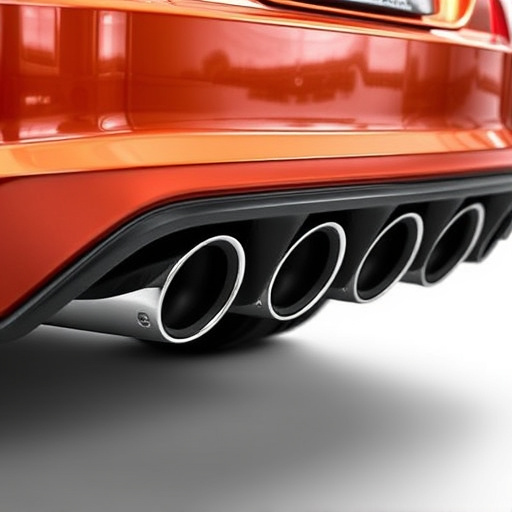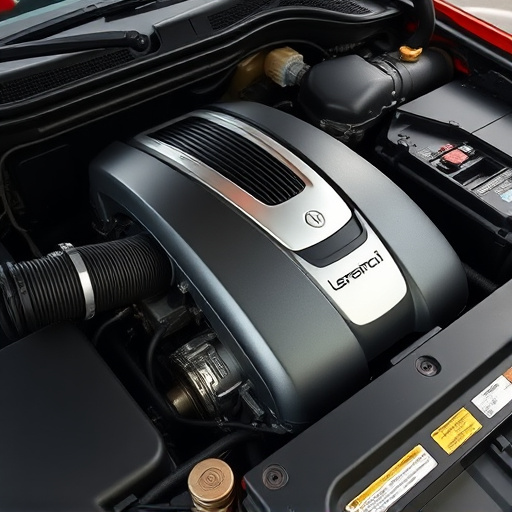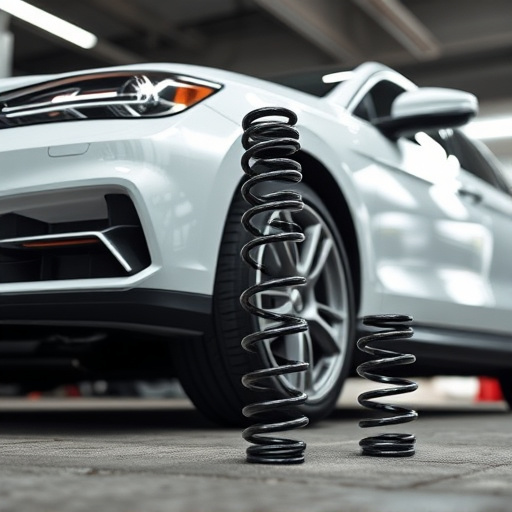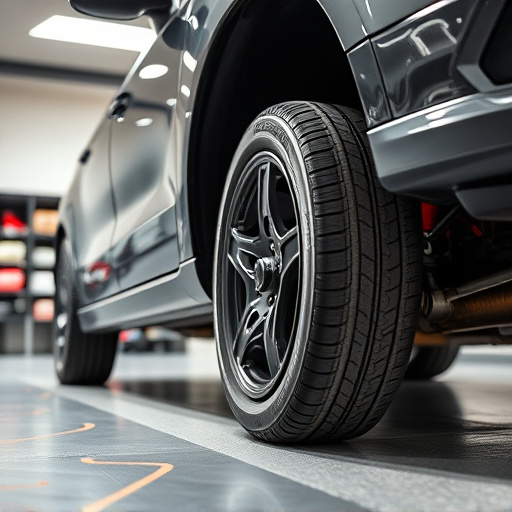Car suspension systems are crucial for a smooth, stable ride and vehicle control. Key parts like springs, shocks, struts, and control arms each contribute uniquely to impact absorption, stability, and wheel alignment. Upgrading these car suspension parts enhances performance and comfort, from simple brake pad improvements to advanced kits and exhaust systems. Modern technologies like adaptive and air suspensions offer enhanced comfort and control on challenging roads.
Navigating rough roads doesn’t have to be a bumpy ride. Understanding your car’s suspension system is key to enhancing comfort and control. This guide delves into the basics of car suspension systems, highlighting critical components like springs, shock absorbers, and struts. We also explore advanced technologies such as adaptive and air suspensions that offer unparalleled smoothness on unforgiving terrain. Discover how these car suspension parts work together to transform your driving experience.
- Understanding Car Suspension Systems: Basics and Functionality
- Key Suspension Components: Springs, Shock Absorbers, and Struts
- Advanced Technologies: Adaptive and Air Suspension Benefits
Understanding Car Suspension Systems: Basics and Functionality
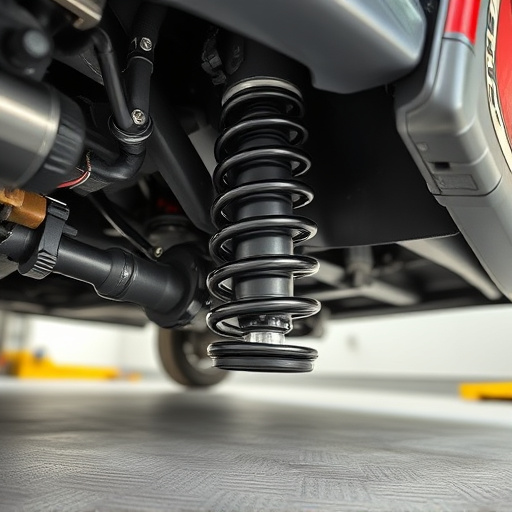
Car suspension systems are a crucial component of any vehicle, designed to ensure a smooth and comfortable ride. These systems serve as the bridge between your car’s wheels and its chassis, allowing for movement and stability while driving over varying terrains, including rough roads. At their core, they consist of several key parts working in harmony: springs, shocks (or dampers), struts, and control arms. Springs absorb road impacts and maintain a consistent ride height, while shocks regulate the speed at which the suspension compresses and rebounds, ensuring a controlled and smooth motion.
Struts, often paired with springs, provide additional stability by maintaining proper wheel alignment. Control arms facilitate the suspension’s ability to move up and down, connecting the struts or shocks to the vehicle’s chassis. Understanding these basic components is essential when considering upgrading car suspension parts for enhanced performance and comfort. Upgrades such as coilover kits can offer precise height control and improved handling, while high-performance exhaust systems may contribute to a better driving experience by reducing backpressure and enhancing engine efficiency. Even something as simple as replacing brake pads can positively impact overall vehicle control, especially during emergency stops on rough surfaces.
Key Suspension Components: Springs, Shock Absorbers, and Struts
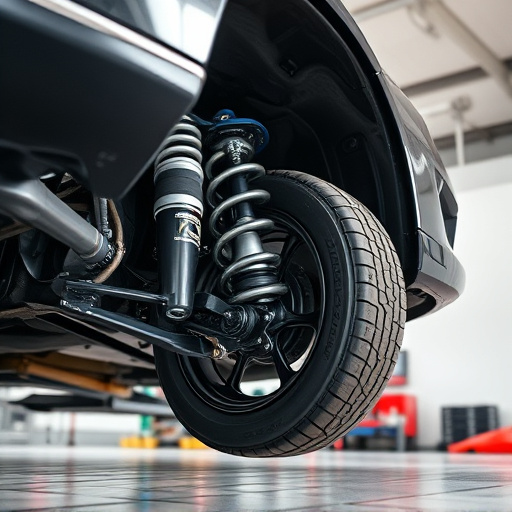
The key components of a car’s suspension system work harmoniously to ensure a smooth ride, even on rough terrain. Springs, for instance, play a crucial role in absorbing and distributing the impact from uneven road surfaces, providing a cushioning effect that prevents jolts and bumps from reaching the vehicle’s interior. Shock absorbers, another vital car suspension part, further enhance comfort by reducing the oscillating motion of springs, minimizing body roll during cornering, and contributing to better handling.
Struts, a third essential component, provide structural integrity to the suspension system. They work in conjunction with springs and shock absorbers to maintain proper wheel alignment and ensure optimal contact between tires and the road surface. Upgrading these key car suspension parts can significantly improve driving comfort, boost vehicle control, and even extend the life of other critical components like brake pads, muffler tips, and air filter kits by reducing the stress on them during challenging drives.
Advanced Technologies: Adaptive and Air Suspension Benefits
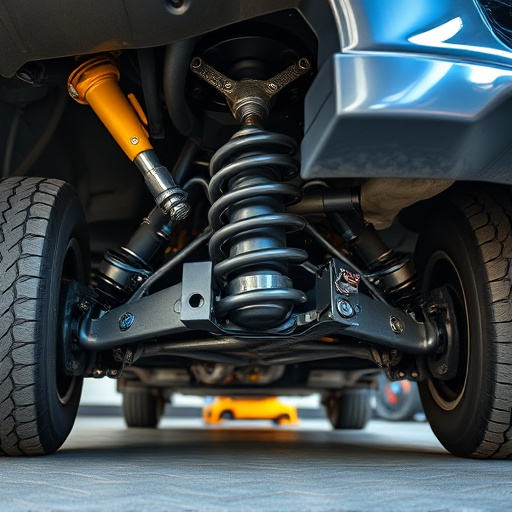
Advanced Technologies in car suspension parts have brought about a significant improvement in driving comfort, especially on rough roads. Adaptive suspension systems use sensors to detect road conditions and adjust the ride height and stiffness accordingly, providing a smoother and more controlled ride. This technology is particularly beneficial for those who frequently drive on uneven terrain or through urban areas with constant speed bumps and potholes.
Air suspension, another innovative car suspension part, offers a luxurious ride quality comparable to that of luxury sedans. Unlike traditional spring-based systems, air suspensions use compressed air to lift and lower the vehicle. This allows for precise control over ride height, enabling drivers to adjust their vehicle’s stance for improved handling or increased ground clearance. Moreover, air suspensions can be combined with cold air intakes and cat-back exhausts to enhance vehicle performance, further enhancing the driving experience on all road conditions.
In conclusion, a well-functioning car suspension system is pivotal for ensuring optimal driving comfort, especially on rough roads. By understanding the basics of suspension functionality and recognizing key components like springs, shock absorbers, and struts, drivers can make informed choices when it comes to car suspension parts. Furthermore, embracing advanced technologies such as adaptive and air suspension systems offers enhanced stability, improved ride quality, and safety features for a smoother journey. Investing in high-quality car suspension parts pays dividends in terms of comfort, control, and overall driving experience.
